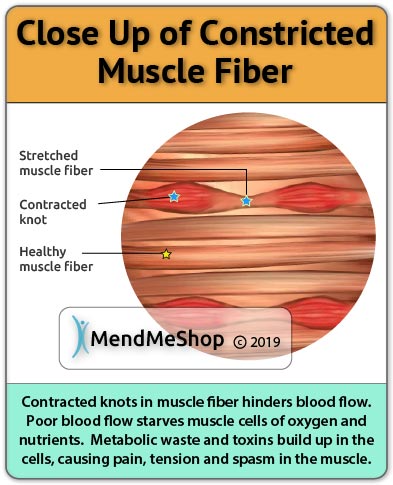


Symptoms of PLMS are uncontrolled movements of both legs. If PLMS is severe enough to cause loss of sleep, daytime sleepiness, mood changes, and irritability it is called periodic limb movement disorder (PLMD). Like sleep myoclonus, mild PLMS does not require treatment. PLMS can cause mild leg movements that do not wake you up, or they can cause severe movements that wake you and your sleep partner. It is more common than RLS and may occur in up to 50 percent of people over age 50. PLMS: Involuntary Movements of Your Legs During Sleep It is important to know that over 80 percent of people with RLS also have PLMS.

There is no cure but symptoms can usually be controlled. Lifestyle changes like exercise and avoiding nicotine, alcohol, and caffeine may help. Treatment may include correcting an underlying problem like kidney disease, iron deficiency, or sleep apnea. RLS is usually diagnosed by the symptoms. Have sleep apnea or are sleep deprived for any reason.Drink alcohol, smoke, or drink caffeine.Take a medication for nausea, seizures, schizophrenia, depression, or allergy.It is more common in women and it increases with age. It may occur in up to 10 percent of people. People may complain of daytime sleepiness, mood changes, and trouble concentrating from lack of sleep. Symptoms are usually worse when you are lying in bed and can keep your from sleeping or falling asleep. People describe the sensation as throbbing, crawling, pulling, and creeping. It usually occurs in both legs and rarely in the arms. It causes an uncomfortable and uncontrollable urge to move your legs. RLS can occur while you are awake or asleep. RLS: An Irresistible Urge to Move your Legs These disorders should be diagnosed and treated, because they are much more likely to seriously disturb your sleep. Uncontrollable sleep movements may also be a sign of two common sleep disorders called restless legs syndrome (RLS) and periodic leg movement of sleep (PLMS). These sleep movements may be a warning for a disease like Parkinson’s disease, MS, Alzheimer’s disease, or epilepsy. If uncontrolled movements during sleep are strong enough to wake you, or keep you from getting enough sleep, talk to your doctor. Because sleep myoclonus may be triggered by noise, light, or movement, sleeping in a dark quiet room may also help. You may be able to prevent sleep myoclonus by avoiding these risk factors. Other risk factors are emotional stress and being sleep deprived. You may be at higher risk if you drink caffeine or exercise later in the day. In most cases, sleep myoclonus does not require any treatment. Treatment and Prevention of Sleep Myoclonus These movements may wake you or your sleep partner. You may have uncontrollable movements of your arms, legs, or body. Sleep myoclonus can also cause a sensation of falling as you drift off to sleep. These movements do not wake you or your sleep partner. The brief twitches and jerks of sleep myoclonus commonly involve your lips, toes, fingers, and eyes. In some cases, it may be an overreaction of your brain and spinal cord to light, noise, or movement that occurs as you are dropping off to sleep. The cause of sleep myoclonus is not known. Other types of myoclonus – called pathologic myoclonus – may be severe enough to prevent you from eating, talking, or walking. Sleep myoclonus and hiccups are called physiologic types of myoclonus, that means that they happen in healthy people. An example of a myoclonus that occurs when you are awake is hiccups.

Sleep myoclonus is just one type of myoclonus. They are commonly called sleep starts or hypnic jerks. Have you ever been jerked out of sleep by a sudden twitch or uncontrolled muscle movement, or noticed jerks and twitches in your sleep partner? You are not alone, since these movements during sleep occur in up to 70 percent of people.


 0 kommentar(er)
0 kommentar(er)
